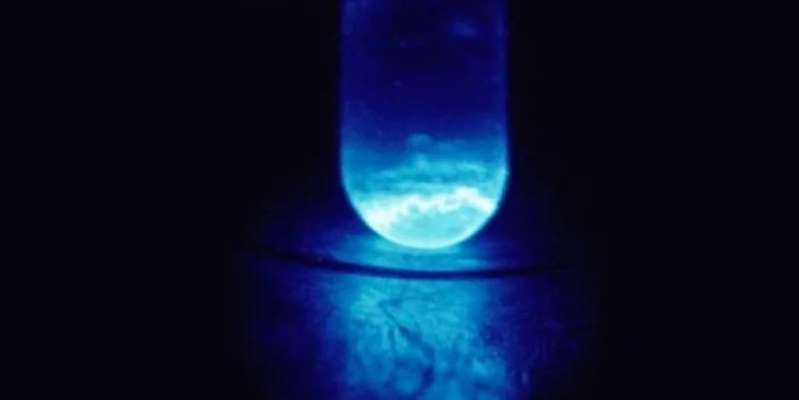Scientists from the United States measured the “elusive” element for the first time
The US Department of Energy's Lawrence Berkeley National Laboratory conducted the first detailed study of an element called einsteinium. It is so rare and fragile that scientists for 70 years have not been able to collect the volume of samples needed for experiments, reports Nature .
In the early 1950s, nuclear physicist Albert Ghiorso discovered faint traces of two unknown radioactive elements in airborne dust collected by airplanes flying after the first full-scale test of a thermonuclear device. One of them was later named Einsteinium, after the famous scientist.
The element has an atomic mass of 252 and contains 99 protons. As with all transuranic elements (elements heavier than uranium), getting Einsteinium requires some serious physics.
The first attempts in the 1960s allowed scientists to obtain only 10 nanograms. Subsequent experiments were no more successful.
But the authors of the new study were able to obtain about 200 nanograms of the isotope Einsteinium E-254 in combination with a carbon-based molecule called hydroxypyridinone. The element quickly decays, so stopping the experiment due to a pandemic threatened to destroy all results. But in the end, scientists still managed to achieve success.
“It is a remarkable achievement that we were able to work with this little material and do inorganic chemistry,” said study author Rebecca Abergel.
The element was subjected to X-ray tests and photophysical measurements. For the first time, scientists were able to measure the length of its chemical bond (this property determines the interaction of a substance with other atoms and molecules).
The scientists noted that there are also larger elements than Einsteinium. But modern technologies cannot create enough of them for analysis.
“But the more we learn about heavy atoms such as Einsteinium, the greater the potential for finding steps to create giants,” they said.
Earlier it was reported that scientists were the first to synthesize a complex organic compound halichondrin B. It has anti-cancer properties.

